Conversations
How to combine customer service and messaging apps: everything you need to know

Conversations

Consumers today are exposed to a lot of brand and service options on several platforms. For businesses, this means that they are constantly looking for ways to improve the connection with their target groups, and become more innovative in their customer communication. Recent research shows: for customer service, messaging apps deliver the best results. Here’s why!
The Washington Post has called messaging app customer service “the biggest shift in customer service since the 1-800-number.” From BMW to Orion Mall to TUI: businesses across all industries use them as a main channel for customer communication and care. And they are seeing incredible resonance among consumers.
Why are messaging apps so much more successful than other customer service channels? Why do customers love them? And what are the advantages for businesses? In the following, we’ll answer the most important questions around customer service and messaging apps.
Businesses need to be available in their customers’ favorite channels, and that’s messaging apps! Messaging apps have even surpassed traditional social media channels. Currently, WhatsApp is the world’s most popular social media platform.
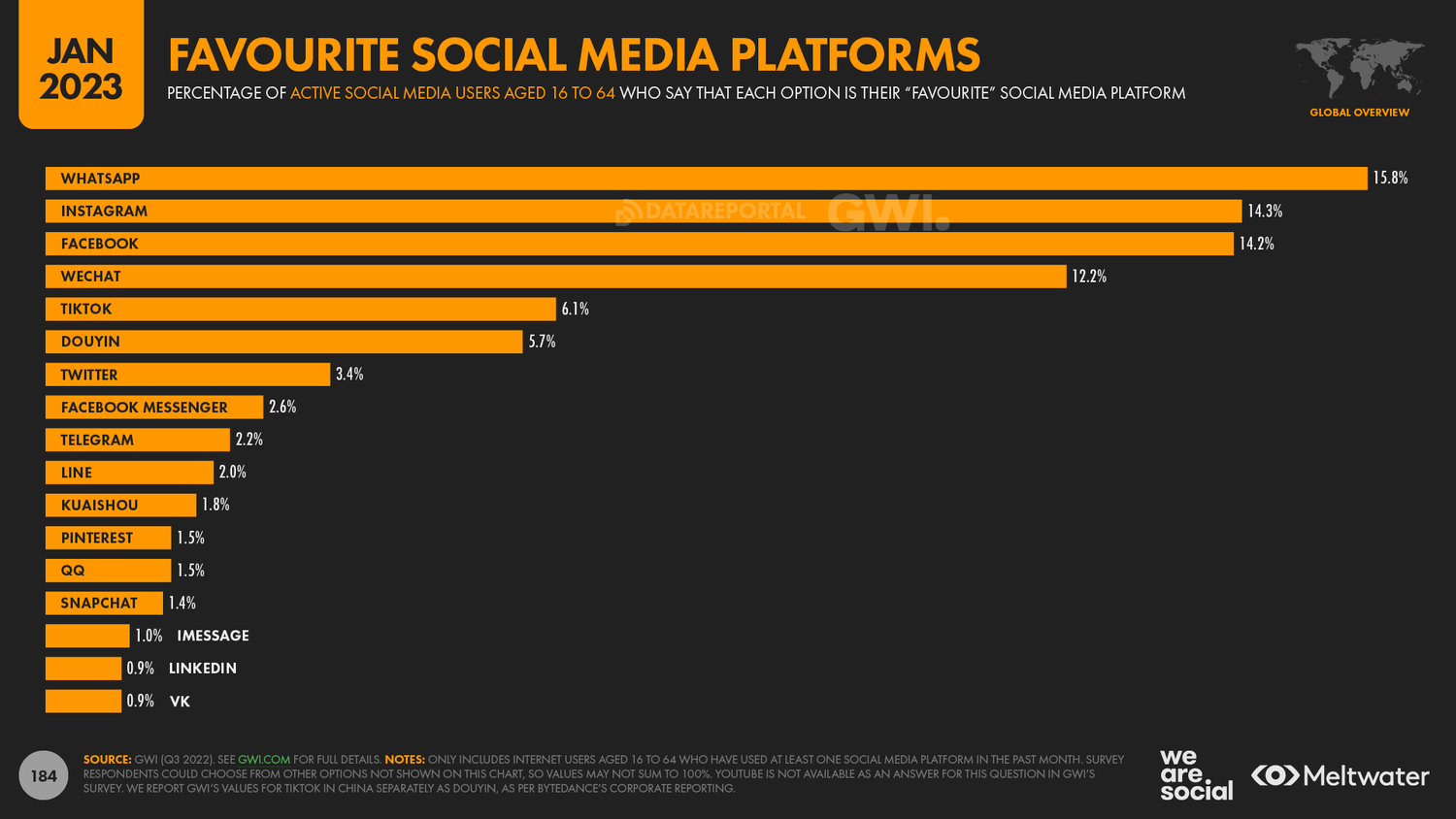
With more than two billion active users and 100 billion delivered messages per day, it’s clear that people love to chat on Meta’s green messenger service. And other messaging apps like Facebook Messenger or Telegram are following close behind in popularity because they are easy to use, convenient, and they offer engaging multimedia options.
As a result, customers have started reaching out to businesses on messaging apps as well. For the family of Meta apps alone, more than one billion people contact a business on a messaging app every week. This means: if businesses want to be where their customers are, they need to offer customer service on a messaging platform!
Data also shows that businesses that make it easy for customers to reach them, and move in the same spaces, are more successful.
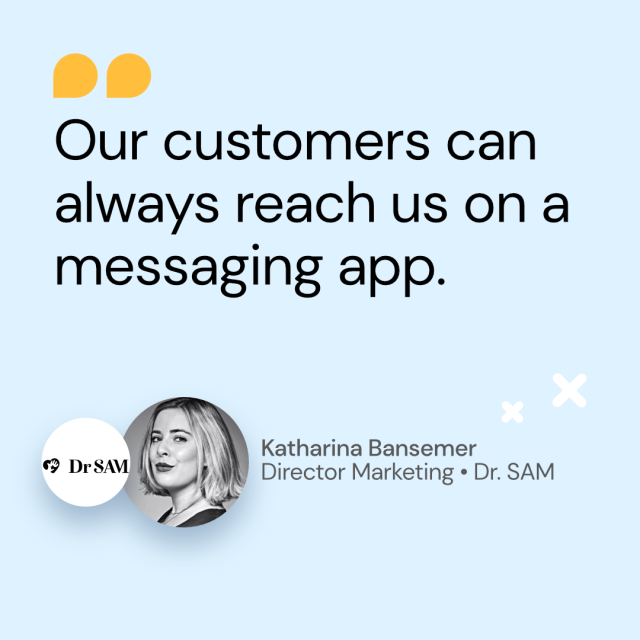
In the end, both customers and businesses benefit from a messaging solution for their customer service.
Advantages for customers
As mentioned, customers love to chat on messaging apps. Make it easy for them to reach you by being available on their favorite channels. Ultimately, this improves the customer experience.
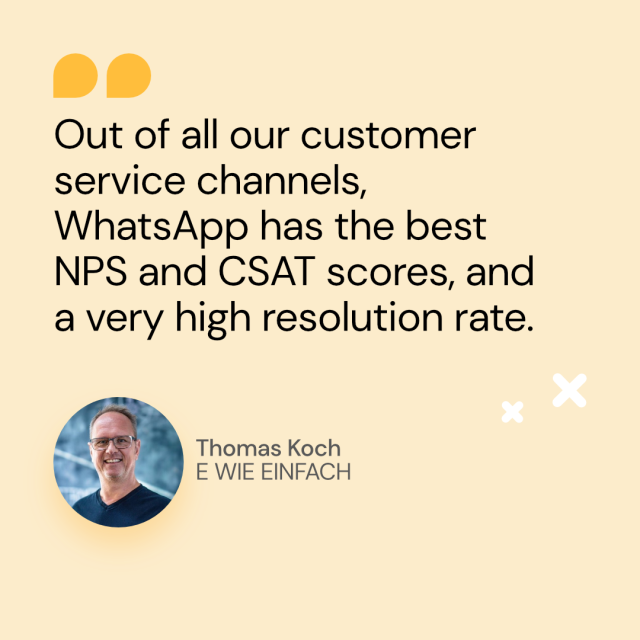
Advantages for businesses
As a business, you not only end up with happier customers, you’ll also be able o save time and money!
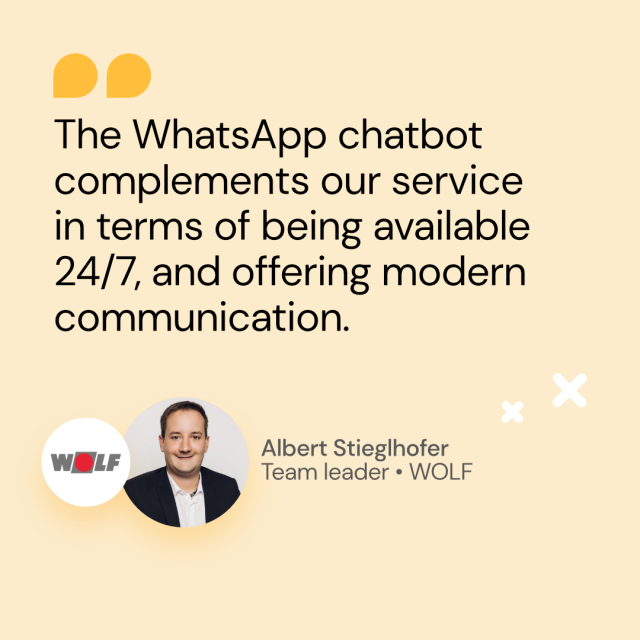
Sounds great, right? But how do messaging apps do when you compare them directly to other service channels?
Raise your hand, if you enjoy waiting on the phone for hours to talk to a customer service agent. Right! Hotlines can be incredibly frustrating. Especially, if the issue could have been solved in seconds with a text message.
Speed is not the only way, though, in which messaging apps beat hotlines.
For one, messaging is more flexible. Agents can answer multiple customers at the same time. On the phone, they can only focus on one customer at a time. Second, messaging doesn’t require real-time answers, which makes the solution more flexible for customers and less stressful for agents.
It’s also easier to send multimedia files on a messaging app to explain an issue or ask a question.


Try doing the same on the phone! It’ll take longer, it’s more complicated and less clear! Finally, it’s also really easy to connect your messaging solution to your CRM system, and store valuable customer data easily and centrally.
At first sight, e-mails are a great customer service channel. They’re not as stressful as phones, you can answer in your own time, and receive information in a digestible way. However, users are being flooded by e-mails. Every day, people send more than 300 billion e-mails worldwide. This leads to full inboxes, ignored messages, and a general e-mail overload.
That’s where messaging apps have a huge advantage. Messages have open rates of 90%. They also end up front and center on the user’s locked screen. In other words, if you want to reach your customers, your e-mails will probably be ignored, while your messages will be read.

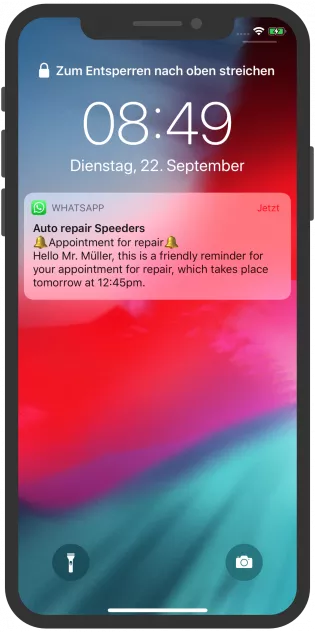
Conversations in messaging apps are also typically less formal, as it’s the channel we use to talk to our friends and family members. Naturally, users adapt a more personal tone with businesses on messaging apps as well. This creates a closer connection to your customers and makes the customer experience more personable.
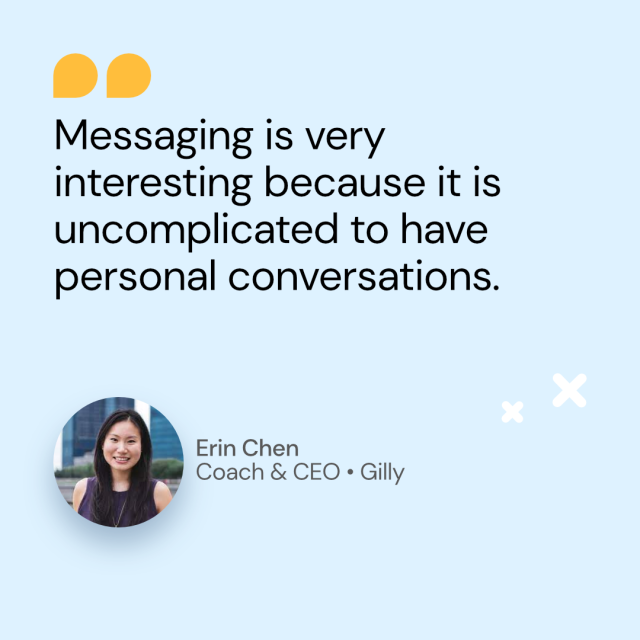
💡Deep dive: 5 ways in which messaging channels beat e-mail
Social media platforms, such as Facebook or Instagram, are often the first touchpoint a customer has with a brand. So why not engage with them in a conversation directly there?
For one, because public comments on your Facebook timeline or in your Twitter replies are typically complaints. That’s damaging for your image, and might leave the wrong impression about your brand. In addition, public social media feeds don’t protect the user’s data, so you want to be extremely careful in using social media to discuss a customer’s personal issues.
Even if you use direct messaging, make sure that you work with a professional messaging solution that can guarantee 100 percent data protection.
💡Deep dive: 5 ways in which messaging channels beat social media
Live chats are also a popular customer service channel. Especially for e-commerce companies that offer an online shop on their website, it’s a smart solution to offer customers guidance as they shop.
On the flip side, live chats can be very challenging for your service team. Customers expect immediate answers, which can be stressful for agents during peak times. And if an issue takes longer to solve, customers can’t just get up and leave. With a messaging app, on the other hand, they could just take the conversation with them, which makes messaging apps more convenient than live chats.
Depending on your business, having live chats and messaging apps as complimentary solutions could be a good compromise though, especially if you incorporate chatbots in your web chat.
When thinking about integrating messaging solutions as part of your customer service, we recommend:
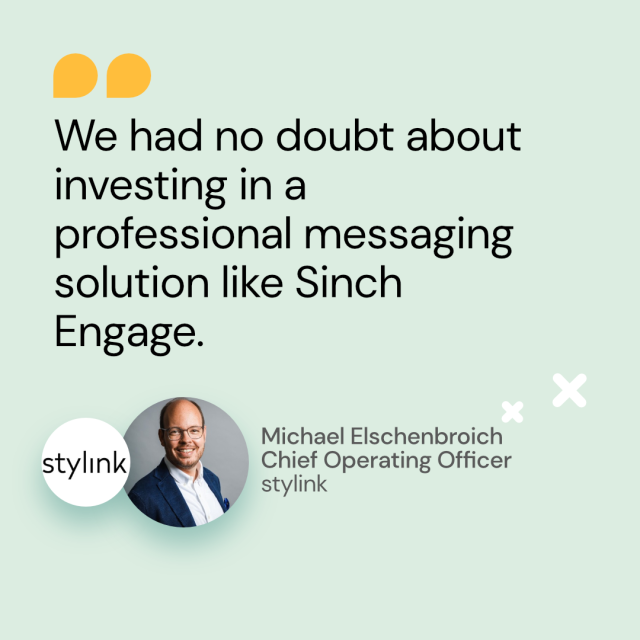
🚀Take your customer service to the next level. Try our messaging solution for WhatsApp, Telegram, Facebook Messenger, and other messenger apps for free!